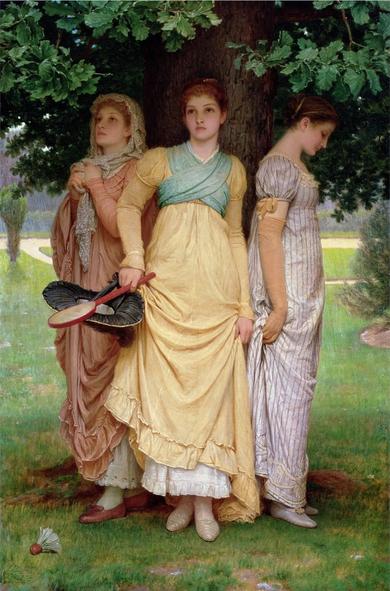"Woman and Flowers," Lawrence Alma-Tadema, 1866.
I've featured Alma-Tadema before, so I won't bother much with biography.
He was a huge fan of Classical Greek art and stylings, and included them a lot in his artwork, even when depicting contemporary scenes.
Here we have an obviously Victorian scene, with a sofa and all that but the table, and the woman's hair and clothing, all echo Classical Greece. It's quite a mingling of themes that works quite well. Also a rather sensual painting, in showing her obvious joy in smelling the flowers.
Happy Flower Friday!
#Art #LawrenceAlmaTadema #Neoclassicism #VictorianArt #FlowerFriday

